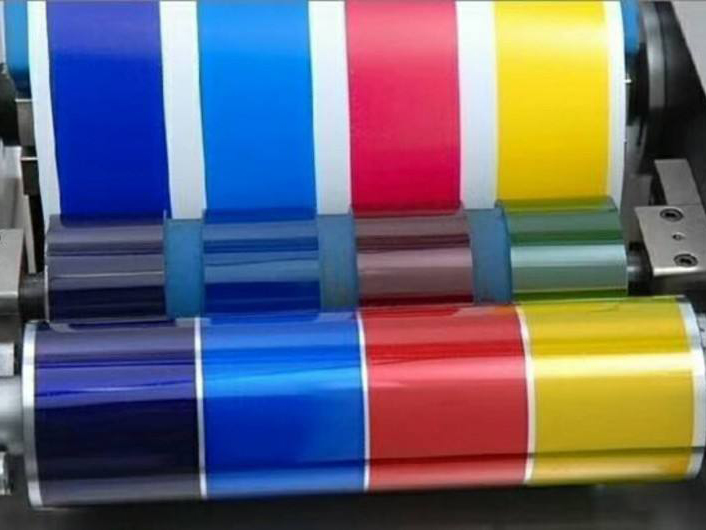The aqueous ink can be mixed with water before drying, and once the ink is dry, it is no longer soluble in water and ink. Therefore, the aqueous ink must be thoroughly stirred before use to keep the ink composition uniform. When adding ink, the residual ink in the ink tank should be filtered first, and then used with new ink. Do not allow the ink to dry on the anilox roller during printing to avoid clogging the ink holes. Blocking the quantitative transfer of ink causes printing instability. During the printing process, the flexographic plate should always be wetted by the ink to prevent the ink from clogging the text on the printing plate after drying. In addition, when the viscosity of the water-based ink is slightly larger, it is not advisable to add water at will, so as not to affect the stability of the ink, and an appropriate amount of stabilizer can be added to adjust.

In order to obtain the drying speed of a reasonable flexo-printing ink, there are several suggestions during use.
(1) Properly increase the pH of the aqueous ink to reduce the drying speed of the printing process,
Without affecting the drying speed. The pH is generally controlled at 8.5 to 9.5. Drying is too fast, and the pH is controlled to be above 9 by adding a stabilizer, but it cannot exceed 9.5, otherwise the properties of the ink will change.
(2) If the printing speed is not affected, try to make the water-based ink dry at a slower speed, and adjust it by adding a slower dry agent. The slow drying agent used for different inks is used in different amounts, generally not exceeding 5%. When the slow drying agent is added, the ink thickens and the pH decreases.
Therefore, water and stabilizers should be added to control the viscosity and pH of the ink while adding the slow drying agent.
(3) When printing thin paper products, reducing the drying speed of the aqueous ink can reduce the warpage of the paper. This usually requires adjustment by adding a slow drying agent or a retarder. This is because after the printing of the aqueous ink, the water and the alcohol in the ink volatilize, causing the paper to be loose in both sides and causing warpage. The effect of slowing the dry agent is to prevent the ink from drying out in an instant and reducing warpage.
(4) Enhance the convection speed of the oven air, which can significantly speed up the drying speed of the print. Since the aqueous ink contains a large amount of water and alcohol, the enhanced convection can reduce the relative humidity in the oven and accelerate the evaporation of the solvent.
(5) Adding a slow-drying agent can solve the scratch on the print and the surface of the varnish. If the ink is dried too fast, the ink will dry on the surface of the printing material without entering the infiltration stage, resulting in insufficient adhesion and easy to fall off the ink layer. When overprinting or glazing, the latter color printing plate will stick the ink of the previous color. This can also be adjusted by changing the color sequence or reducing the ink viscosity.
(6) Adding slow-drying agent and speed-up can reduce the phenomenon of blocking. The printing speed is too slow, which will cause the ink to spread on the printing plate, causing the dots to stick. However, if the ink is dried too fast, the ink will not be fully transferred, resulting in ink accumulation around the dots, resulting in blocking phenomenon.
(7) The paper guide heats up and speeds up the drying of the print. When the amount of ink used in the printing is large, if the drying capacity of the printing press is limited, the speed is not fast every time the machine is turned on, and the speed has a certain room for improvement after a certain period of time, which is the reason why the paper guiding roller heats up. After the paper guide roller is heated, the ink is not easy to stick to the surface. Before starting the machine, the independent drying device is opened in advance. The device can be turned off first after the device is turned on, so that the device can accumulate the maximum heat in the shortest time. The speed can be increased quickly.
(8) When the amount of ink used in printing is large, try to use high-color ink and high-line anilox roller, which is good for drying the printed matter and reducing water ripple.
(9) Higher ink speeds required for higher printing speeds are lower, which facilitates ink transfer.



